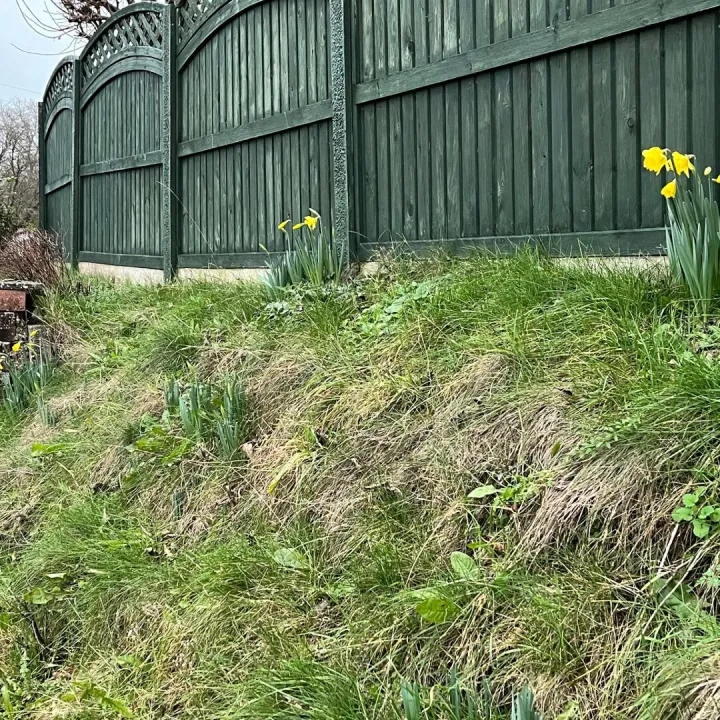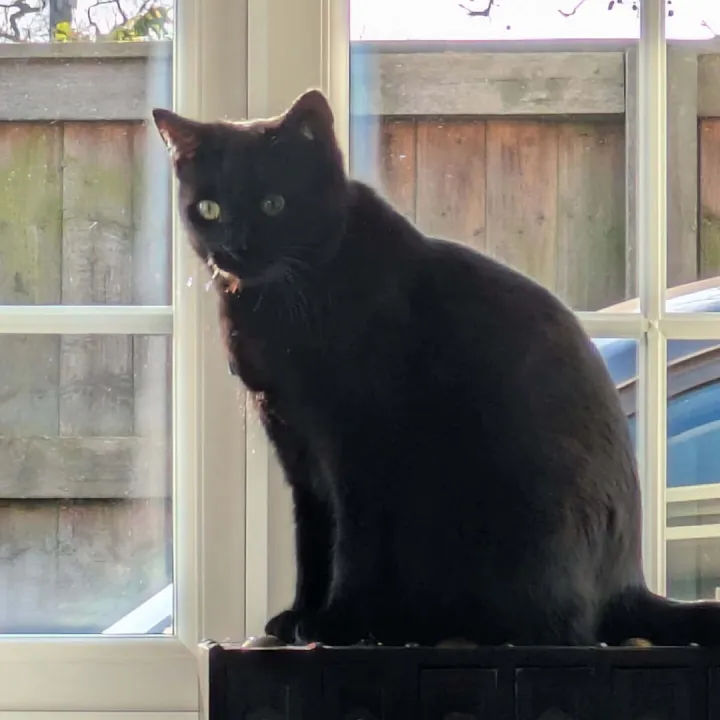A Brief History Of Gerbil Keeping








Arriving some minutes late for a meeting last week, I humbly announced that I was very sorry, but had been unavoidably delayed due to a gerbil cage malfunction.
It was the truth. I had been rushing to get the gerbils cleaned out before the meeting in question, when part of it had broken, leaving a gaping hole which (as any gerbil owner knows) could not be left without attention.
Of course this explanation did not stop the room exploding in hoots of laughter, followed by the Chairman declaring that it was by far the most bizarre reason that he had ever been given for a late attendance. He threatened to have it minuted, but instead, it was agreed for my reparation, that I would write "A Brief History Of Gerbil Keeping" for the Audlem Website instead (with apologies to Stephen Hawkin for blatant plagiarism in the title)
Where do I begin?
Well, sometimes in life it is all too easy to blame the teachers......but in this case, I very firmly can! It all started five years ago, when my young son Joe, came home from school announcing that they now had two additional classmates – two "school gerbils" named Twitchy & Sooty.
I presume the objectives were to teach the children about caring for animals, taking responsibility for pets etc, though according to my son, it was to learn about "teeth"!. Unfortunately, for Joe, they proved a greater source of interest than the lessons, and became a constant distraction. It wasn't very long before a school report came home with some compelling evidence: "Joe tends to find the gerbils more interesting than me. I don't blame him, but he needs to concentrate as well as he can."
And so it naturally followed that my son was the first pupil to volunteer to look after the school gerbils in the holidays. Since this particular job distinctly lacked any parent-appeal, and the teacher in question was the owner of two cats, it was then our considerable pleasure to take home Twitchy & Sooty, most school holidays after that! Our first experience with gerbil keeping had begun.
Dick & Dom
Now, as if volunteering to look after the school gerbils wasn't mistake enough, a bigger mistake was to casually mention this 'holiday job' to a classmate's mother! Barely had this small slip of information left my lips, when I was immediately seized on as a potential recipient for two naughty gerbils, who had been on the run in her large country house. They had recently been recaptured following a fortnight of mayhem, and were no longer proving to be of any curiosity to their present young owner. So these two "rescue gerbils" were the very first pair of gerbils that we actually owned – two tiny tearaways that we called Dick & Dom.
Having previously been used to a taste of the good life, they were now completely devoted to escaping the confines of their cage. It took them little more than a week to destroy the first plastic cage, which had previously securely housed a couple of mice.
They were swiftly re-homed in a much more robust second-hand ferret cage. This was adapted, together with clear plastic tubing and several hamster cages, to produce an auspicious three roomed residence, which we hoped would provide them with enough space, and variety of scenery, to curb their wanderlust.
Break out
This for the main part did the trick, though we did get the occasional break out; usually as the result of the connecting rings, that held in place the linking tubes, being gnawed away and allowing the tube to simply drop off – and thus effecting their escape.
Late one night and alone in the house, I heard suspicious rustling noises downstairs in the hall, and suspecting an intruder, I cautiously went stair by stair, to investigate, ....only to be greeted, not (thankfully) by some burly, masked armed raider, but instead, by two small inquisitive, whiskered faces looking up from a pile of left-over newspapers!
Like most gerbils, Dick and Dom particularly enjoyed a regular supply of small cardboard boxes, small clean sticks and the cardboard inner cores of kitchen and toilet rolls – in other word something they could "get their teeth into", and that would avert their (small, but intelligent) minds from the walls of their cage.
Perfect Shredders
It is a little known fact that a gerbil is one of the most environmentally friendly household shredders on the planet! This makes them not only very entertaining, but also makes them one of the most useful pets, to have in any house – presuming they are kept caged of course; otherwise they really can quite literally turn into 'household shredders'!
Not only will they efficiently dispose of any unwanted junk mail, but as they are very discreet and trustworthy mammals, they are well suited to dealing with your confidential post or any highly sensitive documents (Governments take note). They may also be trusted implicitly, with the disposal of any expired or unwanted credit and debit cards – and even gold Amex cards can be sagaciously disposed of.
A word of advice though, NEVER, EVER leave your laundry near a gerbil cage – I have found to my cost, that anything within gerbil reach is likely to get plundered. It is an embarrassing fact that gerbils have indeed shredded a pair of my pants when a pile of clean washing was accidently left too close to their cage! That is not to suggest of course, that all gerbils are similarly into ladies underwear or other such fetish. It would be a complete injustice to the species to suggest that all gerbils are knicker-snatchers...but you have been warned!
Great Pets
On the whole, if you can keep them contained, gerbils do make great pets! Unlike their furry counterparts, hamsters, they do actually spend a great deal of their time awake during the day, and their hyperactivity and interactivity makes them a good deal more interesting than say a goldfish or a stick insect! They are far more intelligent than rabbits (I've never seen a gerbil run over on the road – have you?), and braver and bolder than the average guinea pig. They don't have scaly tails like rats (yuk!), and are generally more friendly than mice.
Dick and Dom were a great double act, and lived long and happy lives, before sadly both passing away at Christmas of last year.
They have since been replaced by another tooth-some twosome; christened by the kids as Mario & Luigi. I was delighted initially, in thinking that our cultural holiday to Italy last summer had a profoundly positive effect on our children, but was soon disappointed to discover that these two new additions were in fact, named after well known computer game characters (which of course I'd never heard of)!
And so our gerbil journey continues.
Finally, just for a bit of added interest to my short gerbil blog (or should that be gerbilog?), following some web based research, I am pleased to be able to bring you some additional little known facts about gerbils. It is from an American website author, Michael P Hoffmann – enjoy, but please don't take it too literally!
Interesting Facts About GerbilsOrigins
The common pet gerbil originated in Mongolia. They became so numerous there that the Mongolian people could no longer sleep at night because the gerbils were constantly running on their squeaky little exercise wheels. Taking heed of P.T. Barnum's advice, the Mongolians shipped all of the gerbils to the United States where gullible consumers bought them as pets. Mongolia is now one of the richest and quietest countries in the world.
Gnawing
Like all rodents, a gerbil's front teeth are constantly growing so it must chew on things to keep them filed down to sharp points. They can chew through metal with ease, sort of like if you or I were to chew on a steel girder. In fact, the word "rodent" is Latin for "Ouch! That must really hurt!"
Ecological Impact
Gerbils originally lived in the desert, and can cause great harm if released in warm climates. California and New Mexico have laws against importing gerbils. Despite these laws, some gerbils have escaped into the wild where they have bred like rabbits. In the southwestern United States, it is now very common to see roving packs of feral gerbils taking down full-grown cattle.
Suitable Cages
Since gerbils are so good at chewing, care must be taken in selecting an appropriate cage so that your pets will not be able to escape. Wood and plastic cages will not last very long. The best type of cage is a glass aquarium with a tightfitting lid. Many first-time gerbil owners forget to drain the water out of the aquarium and soon discover that gerbils (being desert animals) are not very good swimmers. Luckily, gerbils are very inexpensive to replace.
Bedding Material
Many pet stores sell cedar and pine shavings for small animal bedding. While these may be sufficient for a mere hamster or guinea pig, gerbils prefer shredded dollar bills. This bedding should be changed daily.
Nesting Material
Gerbils build nests to provide shelter and to keep warm while sleeping. Many people give their gerbils bits of burlap or cotton fabric which are quickly shredded into a warm, fluffy nest. However, researchers have found that gerbils prefer angora sweaters and silk dresses for nesting material.
Feeding Habits
Pet gerbils are usually fed a mixture of seeds, grains, and rabbit pellets. In the wild, however, gerbils prefer steak, caviar, lobster thermidor, and pâtè de foie gras. Gout is very common among wild gerbils.
Communication
Gerbils rarely squeak, usually you can only hear them if they are fighting or frightened. Scientists have discovered that gerbils actually communicate quite frequently, but since it is ultrasonic, we cannot hear it. Using sophisticated recording instruments, these scientists have been able to slow these sounds so that they fall within the normal range of human hearing. They have reported that gerbils spend most of their time saying "E =MC2" and "Simon Cowell"
Recreational Facilities
Many gerbil owners provide their pets with playwheels and mistakenly believe that they have satisfied their gerbils' exercise needs. Nothing could be further from the truth. An adult gerbil requires a bare minimum of a treadmill, stair climber, exercise bike, and free weights. An occasional round of golf is also quite beneficial.
This article is from our news archive. As a result pictures or videos originally associated with it may have been removed and some of the content may no longer be accurate or relevant.
Get In Touch
AudlemOnline is powered by our active community.
Please send us your news and views using the button below:
Email: editor@audlem.org





